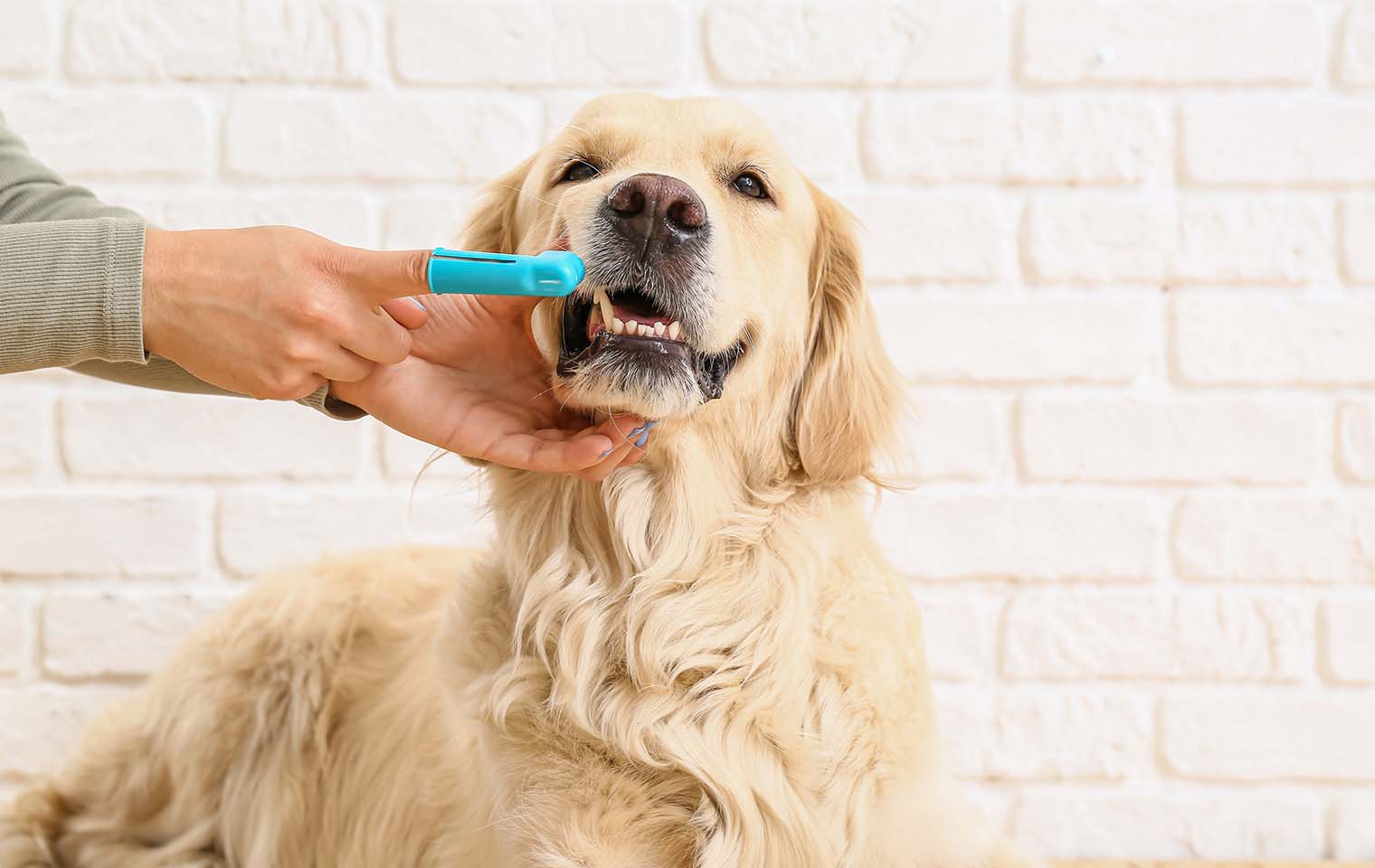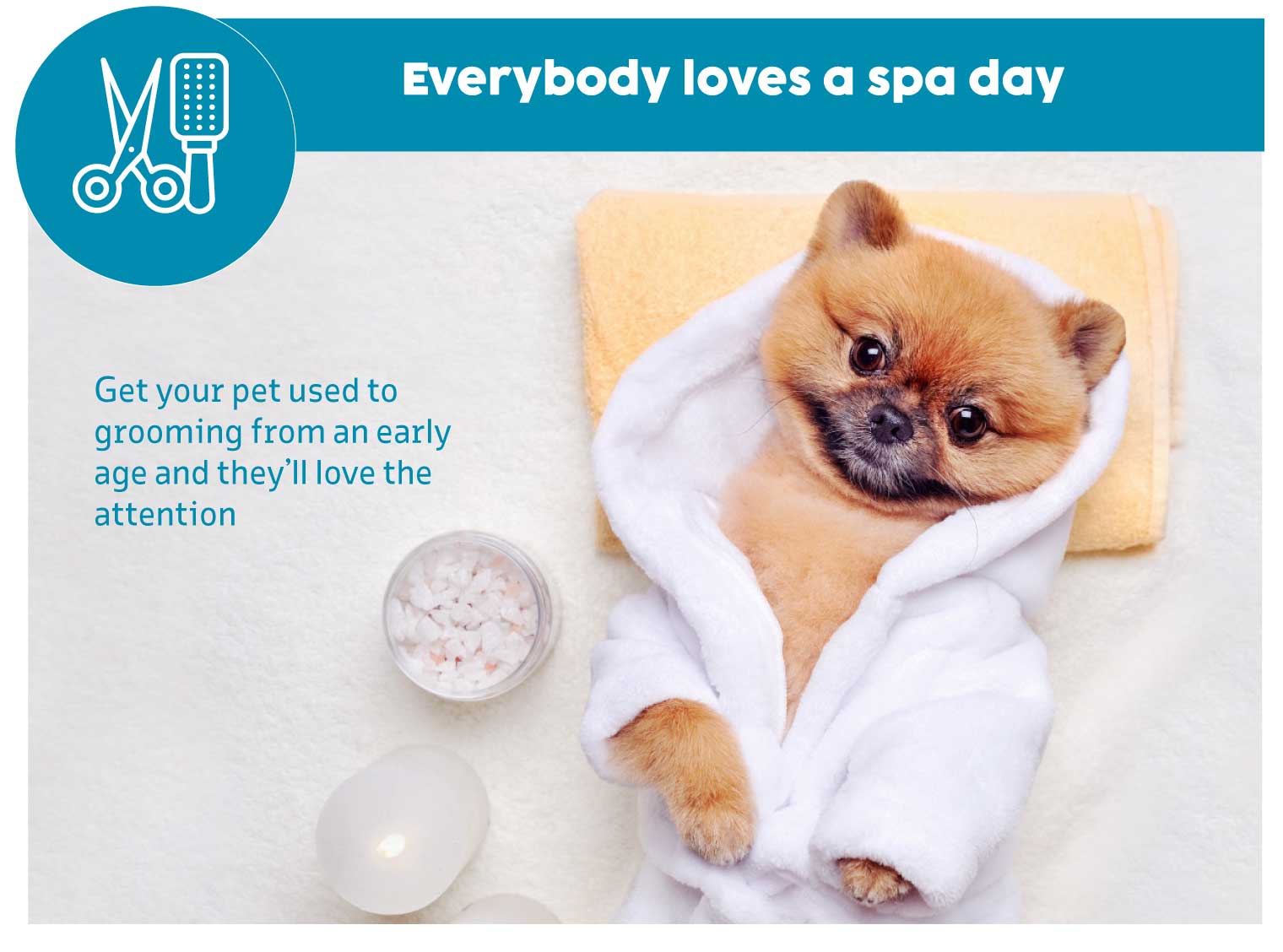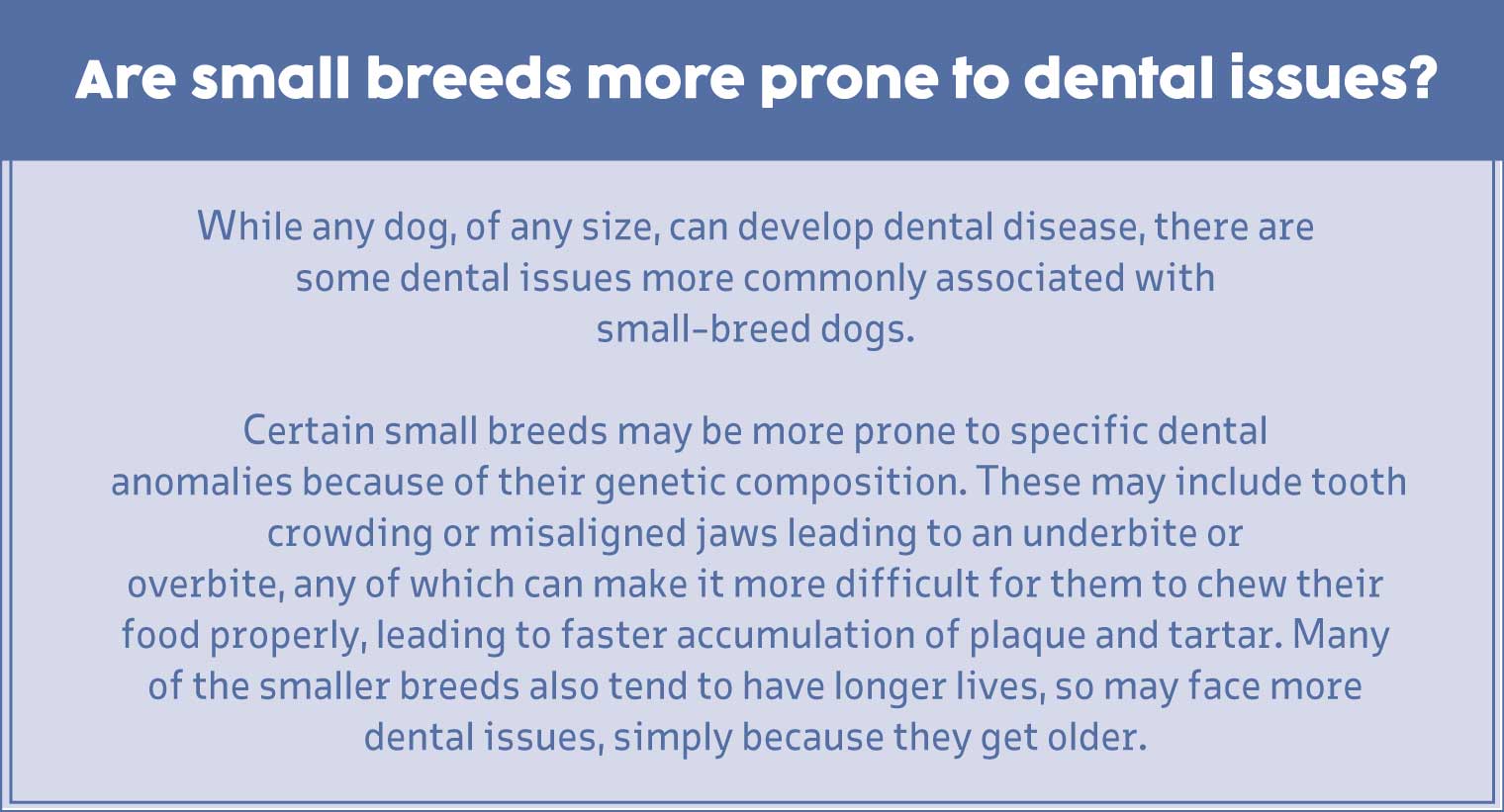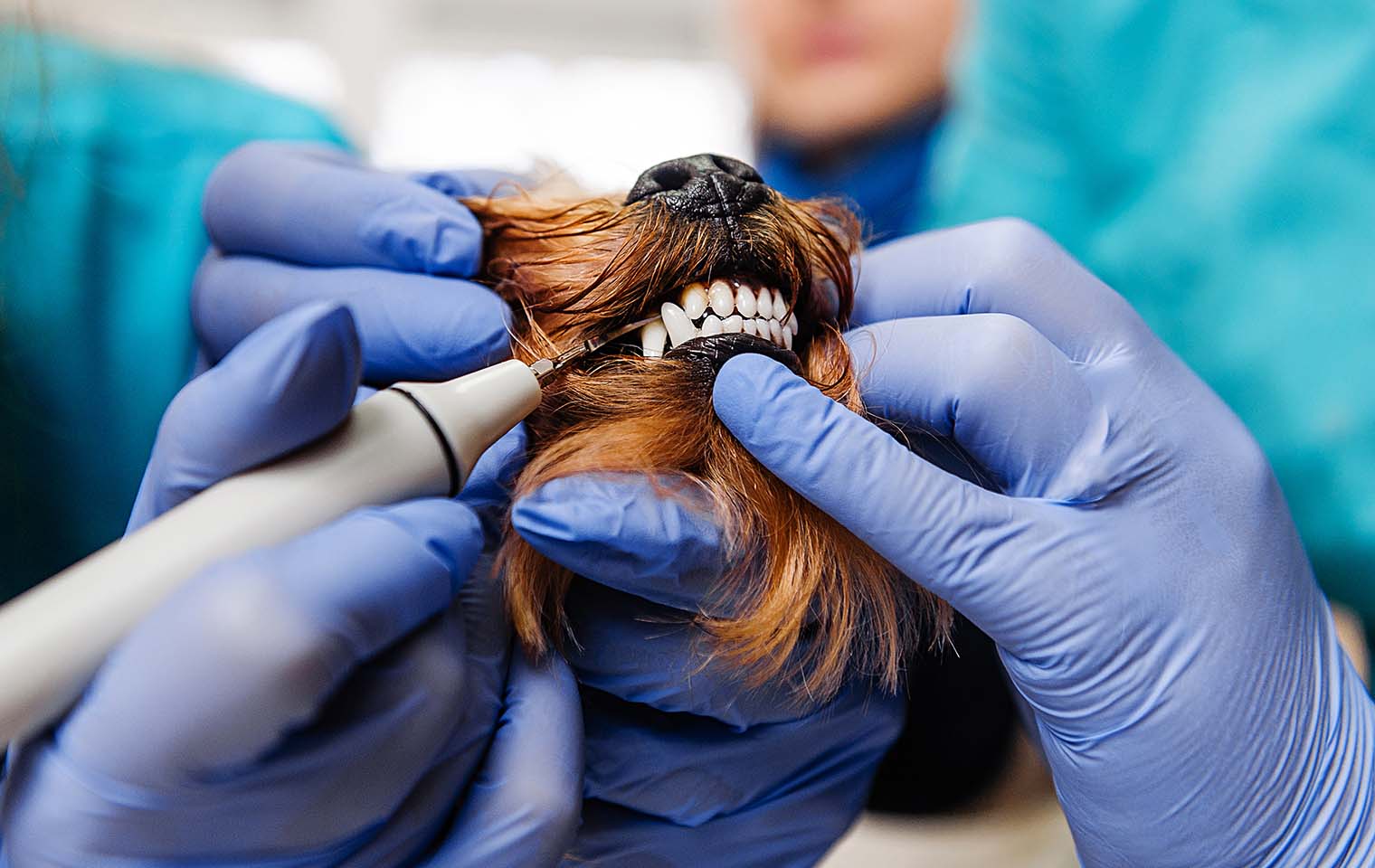Protecting your pets’ pearly whites
Good dental care is as important for pets as it is for us. Unlike humans, pets can’t simply tell us when they have a toothache, and because we don’t often look inside their mouths, we won’t automatically know when there is an issue. Here’s our guide to pet dental care.

Why is pet dental care important?
Dental disease is a painful condition that occurs when bacteria, plaque, and tartar build up on the teeth and get trapped beneath the gumline. While we are able to visit the dentist whenever we like and have our teeth cleaned professionally to avoid major problems, our pets rely on us to make sure their dental health is taken care of.
Dental disease can cause serious health problems for cats and dogs, including infection and inflammation, where bacteria infect gums, teeth and bone, leading to swelling and bleeding. Problems with the gums and teeth can make your pet’s mouth feel sensitive or downright painful, which affects their eating, grooming, play time and mood. Unhealthy gums can also cause damage to the tissue that supports the teeth, causing tooth loss.
Worst of all, severe infections can cause bacteria from the mouth to enter the blood stream. This can result in infections in the lungs, heart, kidneys or liver, which can lead to very expensive vet bills and be fatal if left untreated.

Signs of dental issues
There are a few warning signs you can look out for. If you see any of these displayed, you should take your pet to the vet to reduce the risk of severe complications.
• Bad Breath - One of the first signs many pet owners notice is persistent bad breath. Stinky breath every now and then may be from something food-related, but if the foul breath is ongoing, it can indicate dental disease.
• Unhealthy-looking gums - Healthy gums should be pink and firm. Red, swollen, receding or bleeding gums are a sign of gingivitis, an early stage of dental disease. Also look out for any signs of pus or discharge, as this is a clear indication of a severe infection.
• A swollen jaw – If you notice any kind of swelling or lump on the jaw or neck, it can indicate an abscess or infection in the gums or tooth roots.
• Sinus problems – If your pet seems to have sinus issues, and is sneezing a lot or has a runny nose, it may be an indication that a dental infection has spread to the sinuses or nasal cavities.
• Changes in eating or chewing habits - If your pet suddenly starts drooling excessively, hesitates to eat hard food, drops food while eating, chews only on one side of the mouth, or seems to be avoiding its favourite toys, there’s a good chance he or she is experiencing dental pain.
• Changes in behaviour – A pet experiencing oral pain might become more irritable, aggressive, or withdrawn. If this behaviour is present, even without any other signs, you should definitely take your pet to the vet, as it could be an indication of pain or illness, dental-related or not.
• Visible build-up on the teeth – If you spot yellow-brown tartar or dark brown calculus on the teeth, your pet needs a thorough cleaning at the vet.

Prevention is better than the cure
By keeping up with dental maintenance, you can avoid chronic pain and other health problems for your pet, and costly vet bills for yourself. Here are some ways to prevent dental disease in your pets.
• Regular check-ups – Your pets should go to the vet al least once a year, so that the vet can examine the pet’s mouth, perform dental scaling and polishing to remove plaque build-up, and treat any dental issues before they become a major problem.
• Brushing your pet’s teeth - Brushing your dog or cat’s teeth a couple of times a week can help remove plaque and prevent tartar from building up. Use a soft-bristled toothbrush and a toothpaste specifically for dogs or cats. Obviously, the best way to do this is to get your pet used to it from a very early age. If you couple the brushing with love and affection, and a treat afterwards, you can condition your pet to tolerate or even enjoy the process. Some animals will simply not allow it, which means they might need extra trips to the vet for a thorough cleaning.
• Giving them dry dog food – Good quality dry dog food helps to scrape the teeth and prevent the build-up of tartar, plaque and bacteria.


• Give your dogs beef bones - Beef bones can help clean your dog’s teeth and massage their gums, while also providing exercise for their jaws. It is important that you only give raw beef bones, as cooked or other types of bones can splinter. Always supervise a dog chewing a bone and be aware of the risks associated with feeding bones, such as potential blockages, broken teeth, or bacterial infections. Discuss this option with your veterinarian first.
• Give dental treats and toys – Dental treats and toys can help clean your cat or dog’s teeth, massage their gums and stimulate the production of saliva, which can help wash away bits of food and bad bacteria. There are several great options available, including the popular Sumo Dental toy massages the gum of your dog and helps to prevent and removes plaque. Beeztees Sumo Play dental ball, which doubles as an exciting, irresistible toy. Montego also offer a great range of dental chewies and megachews for the bigger pooches. They are super tasty, so your dog will never know they are providing dental care.
Regular dental care and vet check-ups, good quality dry food, dental chews and toys, and regular examining of their mouths, can maintain your pets’ good oral health and help them lead happy and healthy lives – for much longer.



